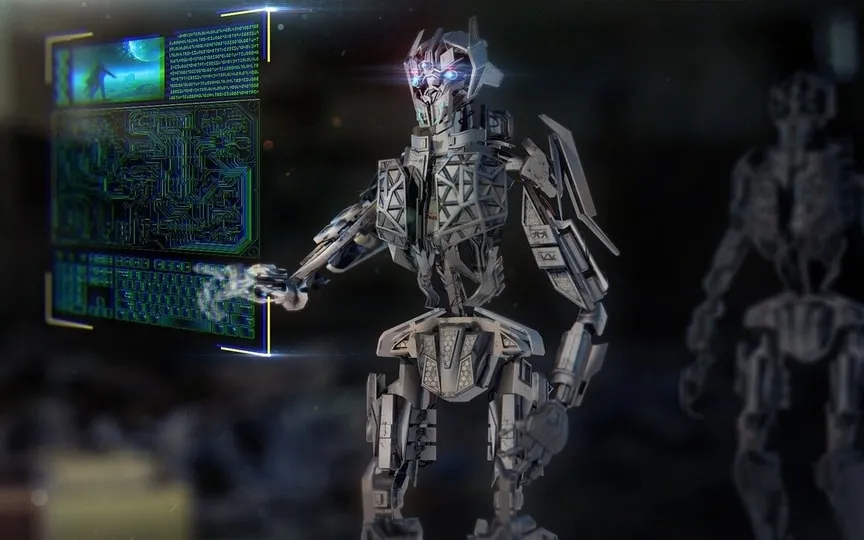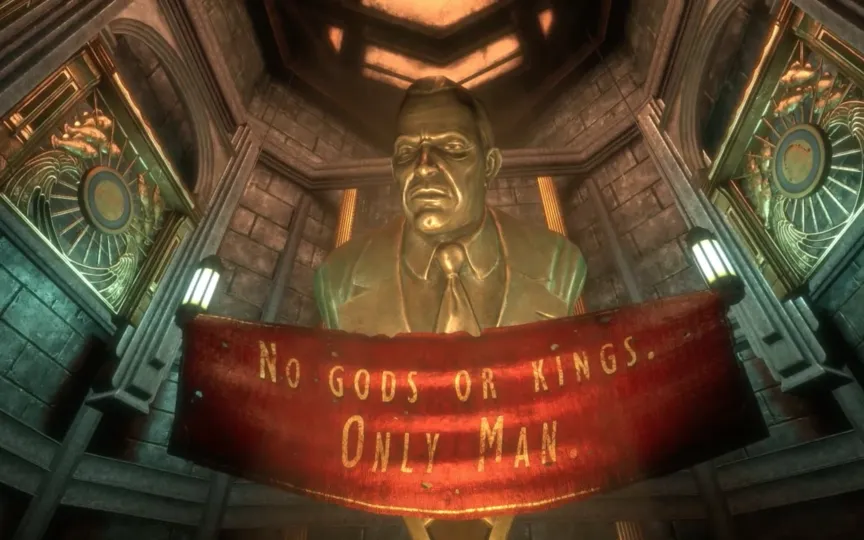Industry Players Cautiously Navigating the AI Revolution in Video Games
Artificial intelligence takes the spotlight at Gamescom, the prominent fair in the video game industry, as it engages in tasks ranging from crafting narratives to programming complete games and transforming concepts into animations.
But even the ultra-connected industry is eyeing innovation warily, with fears growing that jobs will be lost and artistic creations usurped.
“Artificial intelligence is really a turning point,” says Julien Millet, an artificial intelligence engineer and founder of United Bits Game studio, which attended the industry trade show this week.
Responsive non-playable characters or automatic generation of images, code and game scenarios are possible uses for AI developers.
AI will also be able to instantly generate Illustrations from text, allowing producers to better “communicate their vision,” according to Millet.
But the images dreamed up by AI could threaten the work of concept artists, who visualize a video game world before it is digitally created.
“I’m worried about those jobs,” Millet said.
– ‘Dream World’ –
Gamescom attracts tens of thousands of video game fans every year and provides studios with an opportunity to showcase their latest creations.
Many players will appear in cosplay as they invade the stands to try out potential new hits – this year including ones that prominently feature artificial intelligence.
Club Koala from Singaporean studio Play for Fun offers players the chance to “create their own dream world, a personalized island paradise with unique characters” created by artificial intelligence.
“Artificial intelligence has become an integral part of everyday life,” and has “enormous potential to take the gaming industry to a new level,” Play for Fun CEO Fang Han said in a statement.
Berlin-based Ivy Juice Games also said it now uses artificial intelligence in its game creation process.
“We’re using it to create lines of text … to add more storytelling to the game,” Ivy Juice Games’ Linus Gaertig told AFP at Gamescom.
It also uses artificial intelligence to “generate the code,” Gaertig said, offering developers a new way to build games themselves.
“(AI) makes the game more unpredictable, so the game feels more real,” said Sarah Brin of Kythera AI, which uses the technology to create character movements.
US chipmaker Nvidia set an example when it introduced ACE to the world, software for developers to create “intelligent in-game characters” using artificial intelligence.
In its ACE promotional video, a player speaking through a microphone is filmed chatting with a virtual ramen chef in a sci-fi bar.
How is the chef? “Not so good,” comes the reply – crime is on the rise locally and the chef is worried.
But using artificial intelligence to create vast virtual worlds can conflict with intellectual property claims for the original images used to produce them.
“If you’re a big publisher and then you use generative AI and it turns out that the content you’re using violates some copyright, you’re open to a vulnerability,” said Kythera AI’s Brin.
Unlike many of its competitors, Brin’s company has chosen not to train its AI on open databases.
In the United States, the artists have already jointly launched a lawsuit against Midjourney, Stable diffusion and DreamUp, three AI models created from images taken from the internet.




